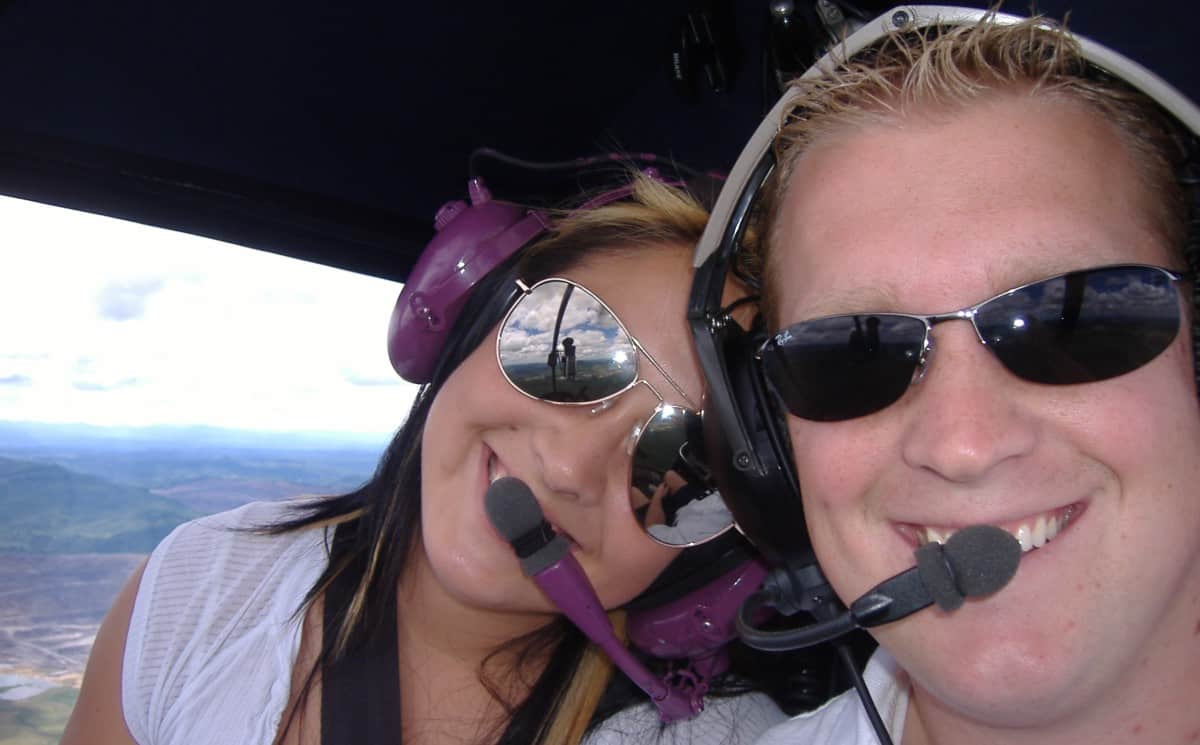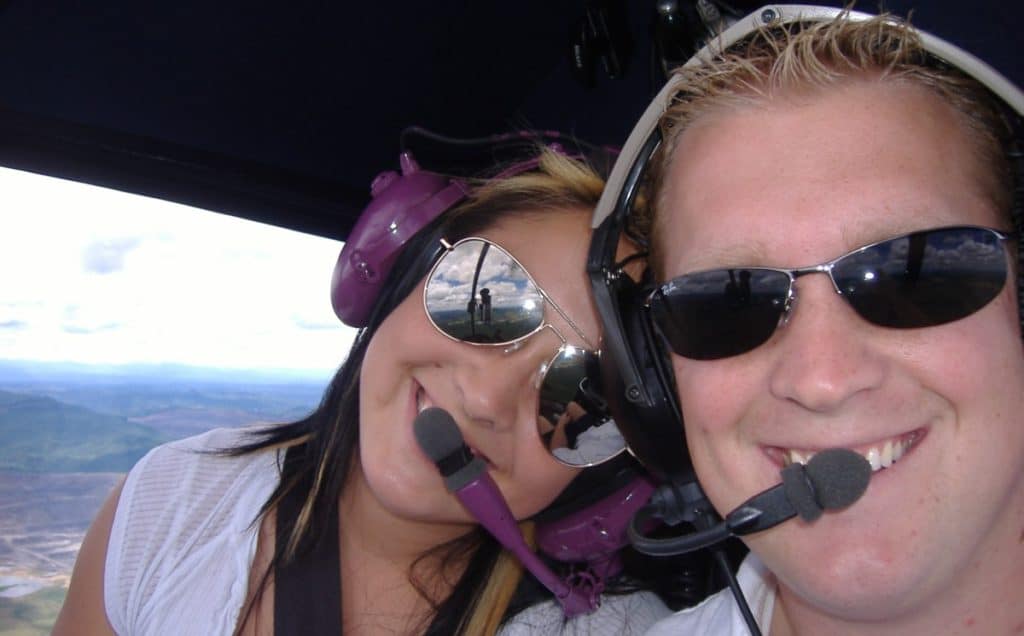
The first time I ever flew in a helicopter was a tour flight around Manhattan and I remember my girlfriend giving me a funny look when we had to don these green headsets that thousands of other people had worn! I know she thought it was gross – To me, I was about to embark on what would be a life-changing moment and I could not care less!
Helicopter passengers wear headsets to protect their hearing and to be able to speak to one another and the pilot. While in flight the noise levels inside a helicopter can range anywhere from 85db to 110db. The sound exposure maximum limit to prevent damage to hearing is 85db.
Many can understand why a pilot might need a headset but how come some helicopters need passenger headsets while others don’t?
Are Helicopters Loud Inside?
Helicopters are very loud inside the cabin unless it is a VIP-configured helicopter with sound-proofing insulation installed. To be able to hear and talk to one another every passenger will be issued a headset. If no talking is required then ear defenders will be issued to protect from hearing loss.
Helicopters are loud modes of transport and there is no way of getting around it. Piston engine helicopters are a lot quieter compared to the gas turbine engines but they are still loud.
The main sources of noise in every helicopter come from the following:
- Engines
- Main Rotor
- Tail Rotor
- Main Transmission
- Wind Rush
Most helicopters used as crew taxis or aerial cranes need to save as much weight as possible to increase the fuel that can be taken. Therefore soundproofing material is dispensed of. This means that the inside cabin noise of most helicopters can be around 100db.
NIOSH Recommended safety level is 85db
Do All Helicopters Have Headsets?
Many of the most expensive VVIP & corporate helicopters are encased with layers of soundproofing materials to bring the cabin noise down to around 80-90db so headsets are not required. All tour, utility, and most commercial helicopters used outside of VVIP operations will have headsets.
For Example:
Sikorsky S76C++
In Off-Shore configuration carries 2 pilots with 12 passengers.
In VIP configuration carries 2 pilots and 4 passengers.
This 4 seat configuration saves around 8 x 200lb passengers = 1600 lb that can be used for a luxury cabin and many layers of soundproofing.
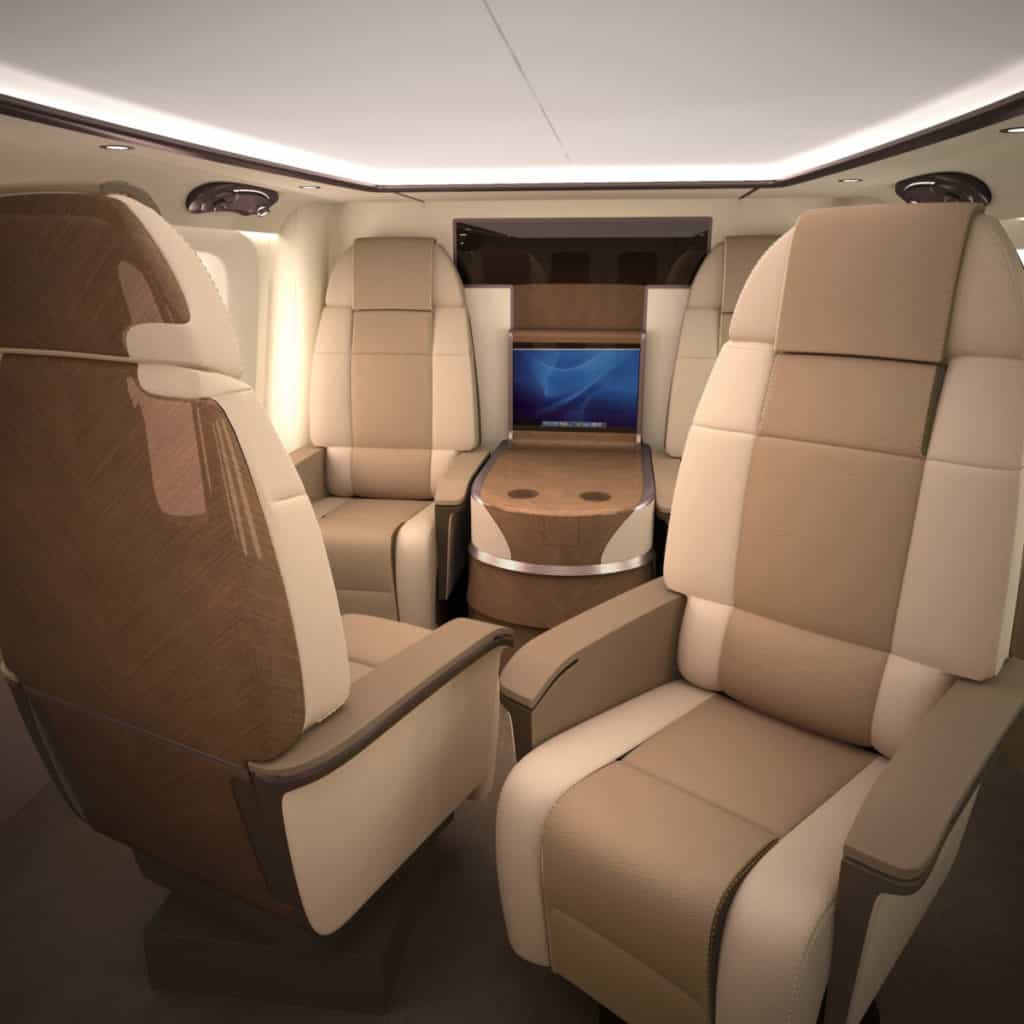
For the rest of the world’s 99%, this means when you go in a helicopter for a tour flight, ferry flight, or for work you will either be issued with a pair of ear defenders or earplugs. If you need to communicate with eath other and/or the pilot/s you will be issued a plug-in headset.
Not wearing any form of ear protection while traveling in a helicopter can get painful and do serious damage to your hearing especially if flown for long periods or regular flights.
Learn More…
Try These Articles:
* Helicopter Ride Weight Limits: Popular Tours Discussed
* Can Children of All Ages Go in a Helicopter or Small Plane?
Can Helicopter Passengers Talk While Wearing a Headset?
All helicopters that have headsets will allow everyone to talk and hear. Headsets can be set up so everyone can talk normally, or some may have a button to press only while talking and the pilot may isolate themselves to be able to talk to Air Traffic Control.
There are settings the pilot can select on the helicopter communications panel to decide how the communications work:
Tour Flights
This will alter from tour operator to tour operator. If you are issued a headset then you will probably be able to talk with one another just like a normal conversation, but the pilot may be isolated from you. This was how I found the tour flight around Manhattan. The airspace around Manhattan is very busy so it is best for the pilot to be isolated. I’ve done many a tour flight and the passenger chatter can be distracting!
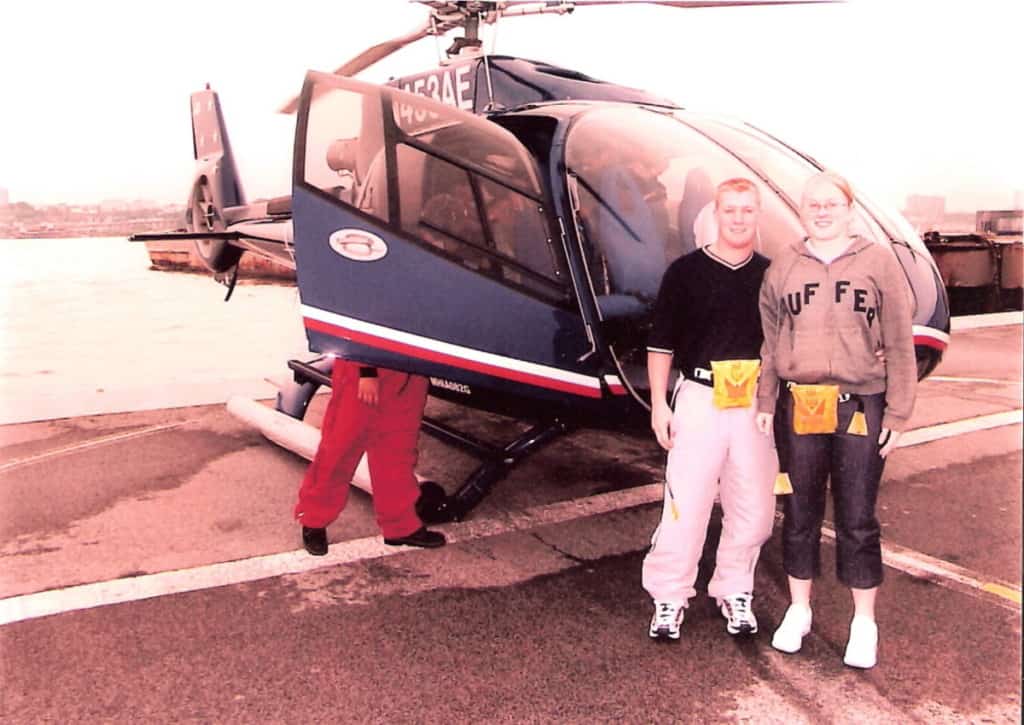
Tour flights in other areas may well have the pilot included within the communications so everyone can talk to the pilot and vice-versa. This is useful when the pilot is also the tour guide.
Front Seat Passengers
In the front of all helicopters the two seats work on a principle called ‘Hot Mic’. This means the helicopter communications panel is listening for a voice in the microphone and will instantly turn on the mic when someone speaks.
This prevents a constant static noise that you would hear in the headset if the microphone was constantly turned on. This allows for the pilot and front passenger to talk normally and without excess background noise.
Think of this like talking on a Walkie-Talkie. The mic automatically turns on when you speak rather than a person pressing the ‘Push-To-Talk’ (PTT) button.

Join My Newsletter & Get Great Tips, Information and Experiences To Help You Become a Superb Pilot!
Back Seat Passengers
When working with crews in the helicopter – on forest fires for example, all the crews need to talk to one another and to the pilot so instructions can be passed back and forth before they get dropped off or so they can all talk while en route.
Each of the headsets in the back of the helicopter usually will have a Walkie-Talkie style Push-To-Talk button installed on the cord of the headset. This allows the passenger to listen as normal, then talk once they press the PTT button.
Without this button, the headset’s microphones would be constantly on and I can tell you that a microphone banging on the back wall of a helicopter cabin will drive a pilot nuts! I’ve had to land and unplug a faulty headset because of this! The PTT buttons prevent these erroneous mic activations from rattles accidentally setting off the Hot Mic function!
Learn More…
Try These Articles:
* Can Helicopters Fly at Night? A Pilot Tells All!
* How Much Does It Cost to Rent a Helicopter?
Why Do Some Pilots Wear Helmets Instead of Headsets?
Headset Vs Helmet is one of the big debates in the helicopter industry and it all comes down to either the pilot’s preference or the employer’s choice.
Some companies may mandate the wearing of helmets or headsets for their pilots based on operational circumstances. Helmets give better head protection during turbulence and in a crash but are heavy, hot, and can cause neck strain. Headsets are lighter and cooler but don’t protect the pilot’s head.
Most tour operators, airlines, VIP, and charter operators will generally insist their pilots wear headsets only. This gives a more professional look in their eyes and less ‘Mechanical’.
For most utility, news, EMS, police, military, and offshore operators, helmets are mandatory.
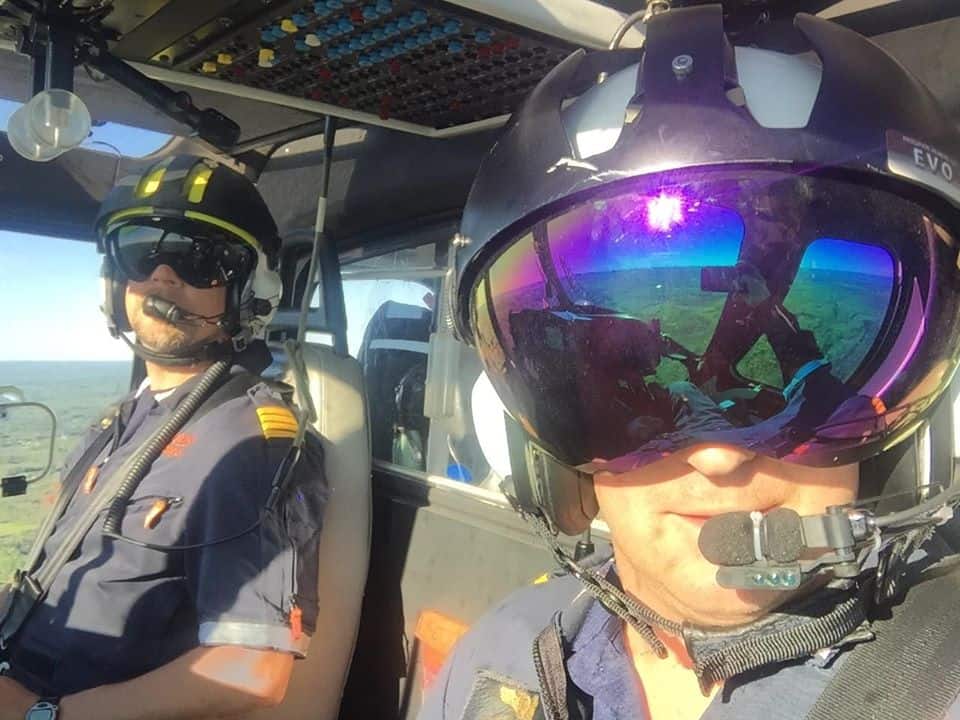
Helmets in my view are far safer in the event of an emergency, just like riding a motorbike. A helmet can be a nuisance until you come off the bike!
Wearing a helmet in a helicopter in a working role and can be life-saving.
A small bump to the head from turbulence or a bird coming through the front window when you only have one pilot could be the end of everyone on board if a helmet is not worn. A helmet can also save lives in the event of a hard landing or a crash. Many pilots die in accidents from head injuries. A helmet could have saved a great deal of them if they had been wearing one.
It’s nicknamed a ‘Bone Dome’ for a reason – It protects the most important bones in your body! The skull. If you take a look at any pilot helmet it will be covered in scratches from where its made contact with the helicopter roof or door post!
To Finish
Unless you are very lucky and get to travel in a top of line luxury helicopter you will be provided with some form of hearing protection, most commonly a headset.
Being able to talk while flying allows for the enjoyment of the flight to be enjoyed by all and some of the conversations I’ve had with my passengers over the years have been interesting to say the least.
Protecting your hearing is the main reason why passengers wear headsets and don’t worry, pilots and maintenance crews clean and sterilize all the ear cups and microphones at the end of each day, if not more, especially those in tour operations!

